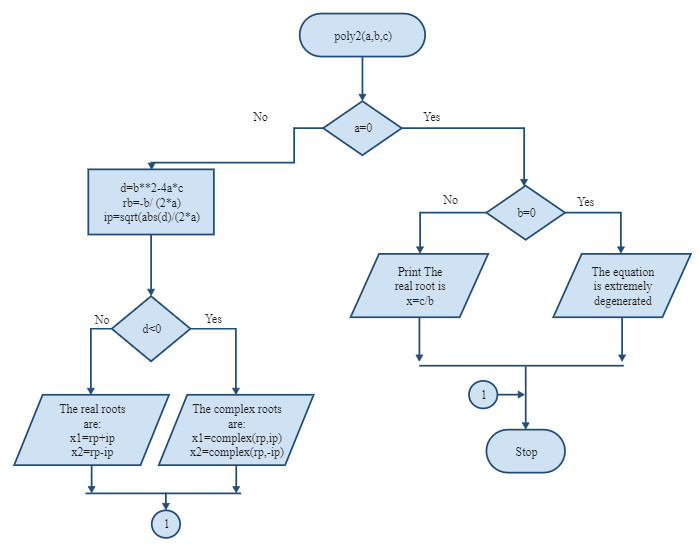What is Algorithm
Create Professional Algorithm Flowcharts
EdrawMax Flowchart Maker offers a vast library of flowchart templates, allowing you to quickly design and edit a customized flowchart. Get started for free today!
In this guide, you will learn the fundamentals of algorithms, including their different types and common applications. Finally, we'll show you how to easily create an algorithm flowchart. Keep reading to learn more!
Part 1: What is an Algorithm?
In simple terms, an algorithm is a set of well-defined steps or rules you follow to get a specific result. For example, in computer programming, you start with an input and have a desired output. The algorithm is the sequence of steps you apply to the input to achieve that output.
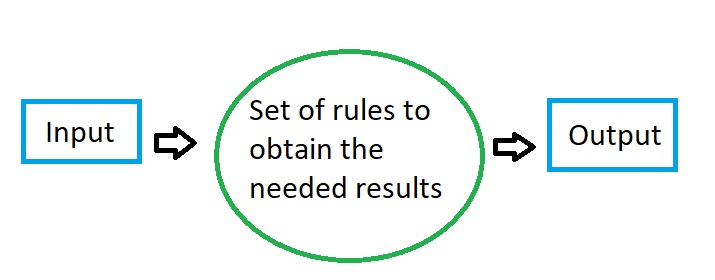
Therefore, every algorithm has three main components:
- Input: The initial data or information you begin with.
- Algorithm: The sequential steps you must follow.
- Output: The final, desired result.
Algorithms aren't just for math or computer programming; they're part of our daily lives. For instance, a recipe is an algorithm. You start with ingredients (the input), follow the recipe's steps (the algorithm), and end up with a cooked dish (the output).
You May Also Wonder: Explain Algorithm and Flowchart with Examples
Part 2: Different Types of Algorithms
Before we dive into creating an algorithm flowchart, it's helpful to understand the different types. These can be used to solve problems in various ways and scenarios.
Brute force algorithm: This method finds a solution by systematically checking every possible scenario.
Greedy algorithm: This approach makes the best local (immediate) choice at each step, assuming it will lead to the best overall (global) solution.
Divide and conquer algorithm: This type breaks down a complex problem into smaller, more manageable sub-problems and solves each one individually.
Backtracking algorithm: A variation of the brute force method, this algorithm explores potential solutions and "backtracks" to a previous state if the current path isn't working.
Randomized algorithm: As the name suggests, this algorithm uses random choices to help solve a problem.
Dynamic programming algorithm: This advanced algorithm stores the results of past sub-problems to avoid recomputing them, which improves efficiency.
Recursive algorithm: This algorithm solves a problem by calling itself repeatedly until a base case is reached.
Create Algorithm Charts in Minutes! Try Now!
EdrawMax Flowchart Maker helps you visualize the flow of every decision and system with a vast variety of flowchart templates. In addition to algorithm charts, you can use our pre-made templates to design multiple types of flowcharts. Try it for free!
Part 3: Common Applications of Algorithms
As you've seen, algorithms are extremely important and can be applied in many different fields. From computer programming to scientific experiments, algorithms have found a vital place in several domains. Here are some common ways to apply an algorithm flowchart.
In Computer Programming
No matter what programming language you use, the first step to solving a problem is to create an algorithm. Even the most complex problems can be simplified by first working on an algorithm flowchart.
For example, if you need to write a program that automatically prints numbers from 1 to 20, you would start by initializing a variable and then incrementing it by one in each cycle until the number reaches 20.
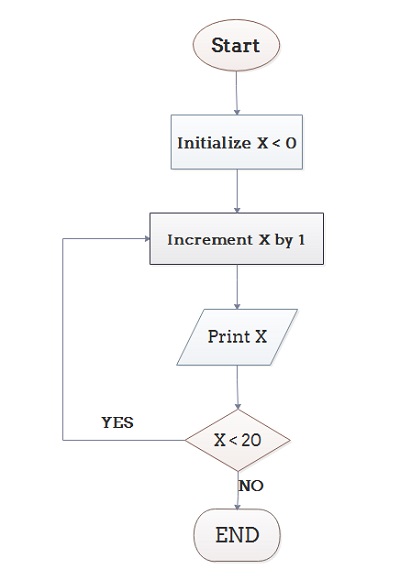
Draw a flowchart for computing factorial N (N!).
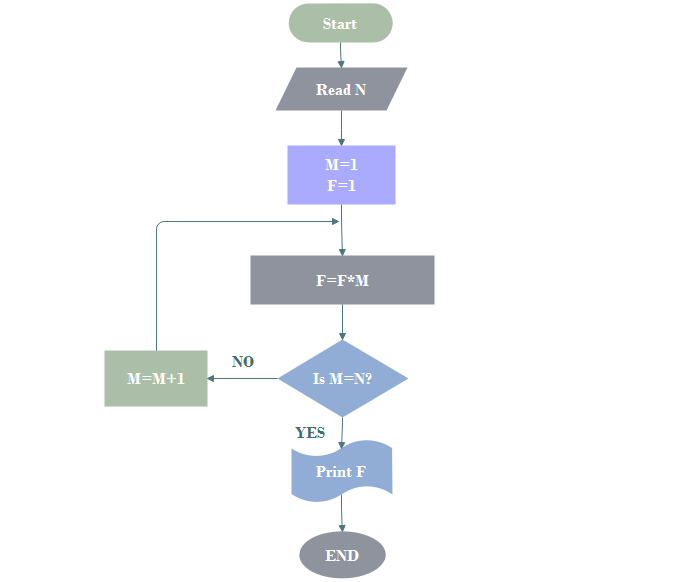
In Mathematics and Scientific Calculations
Like programming, algorithms can also be used to solve mathematical and scientific problems. From printing the Fibonacci series to calculating the factorial of a number, you can create an algorithm for any math problem.
In this example, an algorithm is used to convert Fahrenheit to Celsius. It takes user input, applies the conversion formula, and then displays the result.
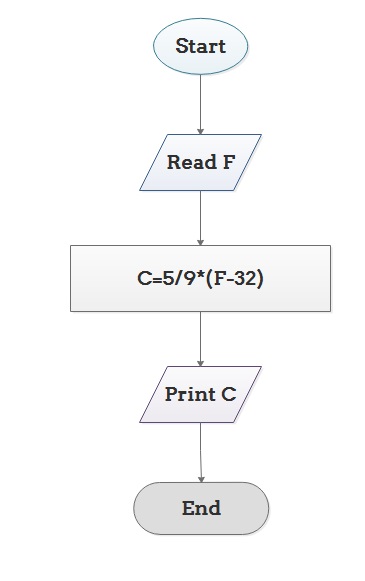
Determine and Output Whether Number N is Even or Odd.
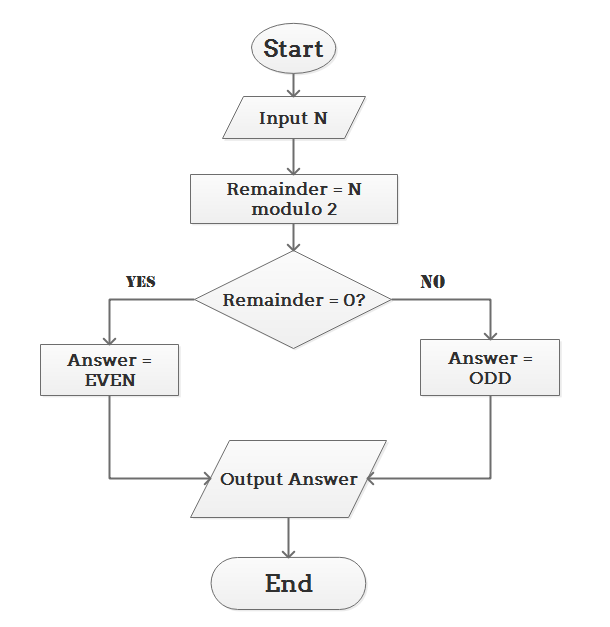
Solving Everyday Problems
Beyond programming and scientific problems, algorithms can be used to solve almost any issue. You can use an algorithm to create a recipe, calculate tax, or solve any other daily problem.
For instance, if you want to calculate student grades and decide if they pass or fail, a flowchart like this can guide your decision-making process.
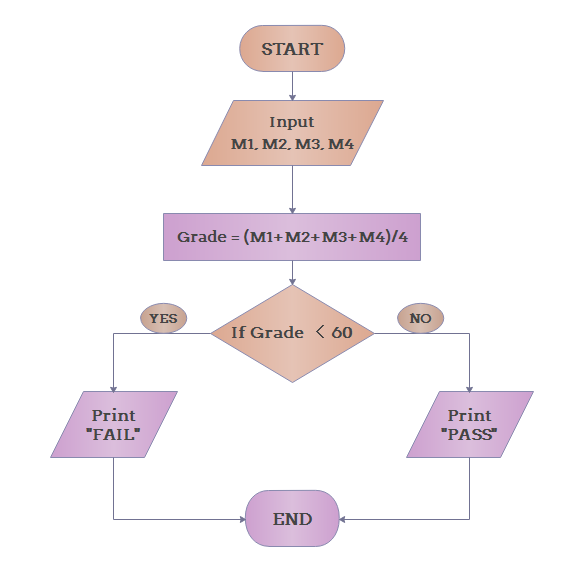
You May Also Wonder: More Free Algorithm Flowchart Examples & Templates
Part 4: How to Create an Algorithm Flowchart like a Pro?
Great! Now that you are familiar with the basics of algorithms, let's learn how to create them. We highly recommend using a professional tool like Wondershare EdrawMax, which helps you make all sorts of diagrams effortlessly. The application has tons of diagramming tools and vectors to explore, and it even features an extensive set of templates that you can use right away.
EdrawMax
Efficient Algorithm Flowchart Maker >>
- Superior file compatibility: Import and export drawings to various file formats, such as Visio.
- Cross-platform supported (Windows, Mac, Linux, Web).
To create different styles of algorithm flowcharts with the help of Wondershare EdrawMax, you can follow these steps:
Step 1: Select the Flowchart Module
To get started, simply launch Wondershare EdrawMax and open a new project. From the diagram types, select Flowchart > Basic Flowchart or any other diagram type. You can also load an existing template from the EdrawMax library to make your job easier.
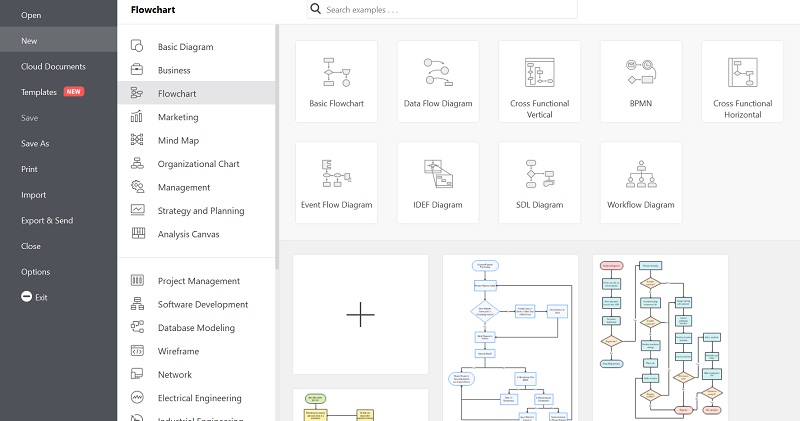
Step 2: Create an Algorithm Flowchart
Let’s imagine we are creating a flowchart to determine if the temperature is below the freezing point. On the sidebar, you'll find a variety of vectors used for algorithm flowcharts. You can simply drag and drop the icons onto the canvas to begin the flowchart and input the temperature.
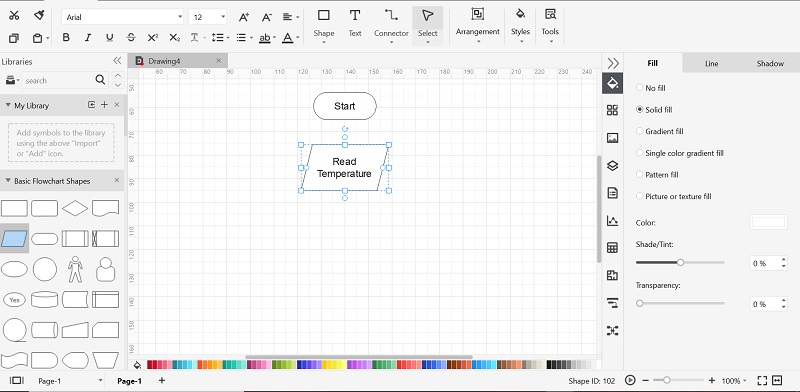
Once you have the temperature, you can add a decision shape to check if it's below 32 degrees Fahrenheit. This allows you to create a branching path that tells the user if the temperature is above or below the freezing point.
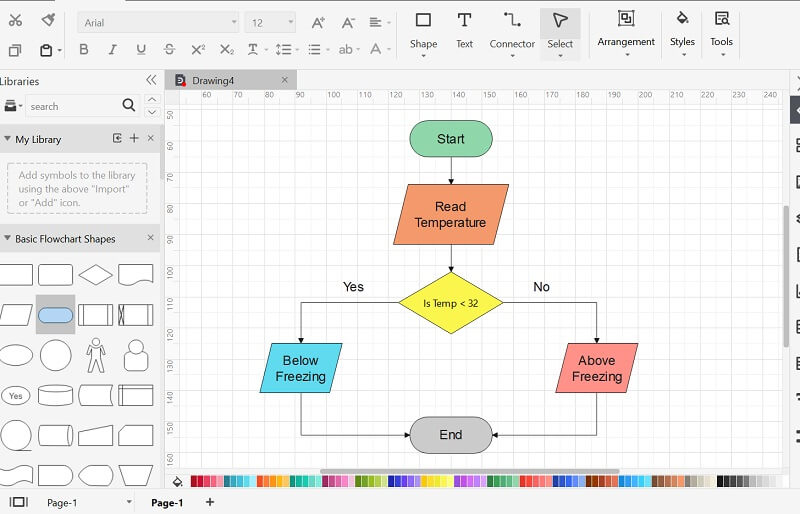
Step 3: Export Your Algorithm Flowchart
EdrawMax includes several features that let you customize your flowchart's appearance. When you're finished, go to Menu > Export to save your algorithm flowchart in your preferred file format.
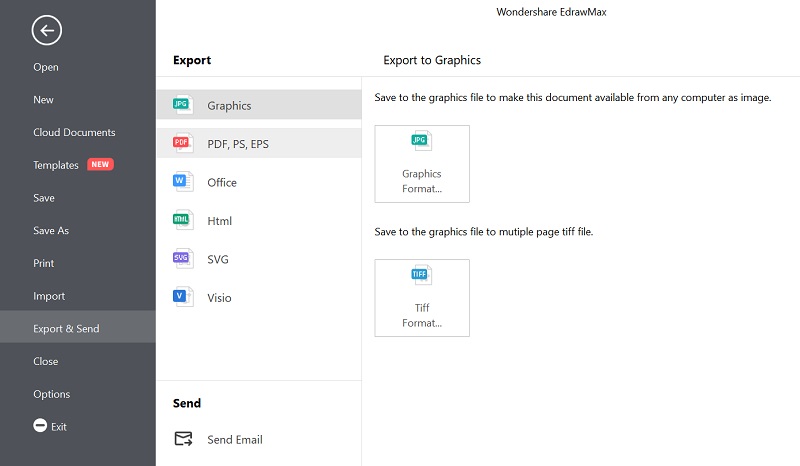
Now you know the basics of algorithms, their types, and their applications. We hope this guide helps you solve a variety of problems. To make professional-looking and informative algorithm flowcharts, try using Wondershare EdrawMax. It's a powerful diagramming tool that will help you create all kinds of flowcharts and algorithmic diagrams quickly and easily.
You May Also Like
Algorithm and Flowchart Explained
